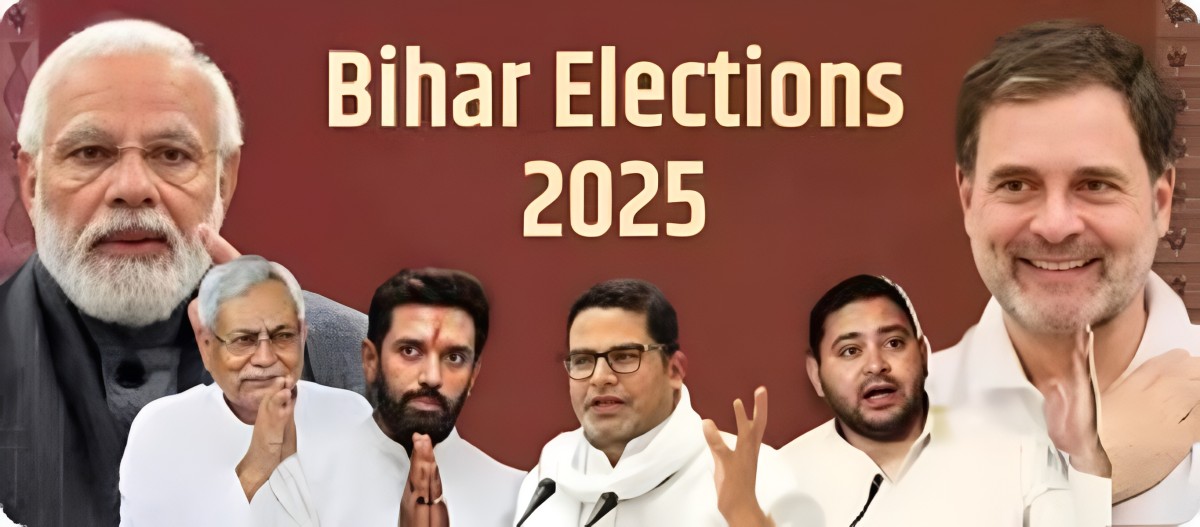Garba, a vibrant and energetic dance form, is an integral part of the rich cultural heritage of Gujarat, India. This traditional folk dance is not just a rhythmic expression of joy and celebration but also a cultural symbol that has transcended generations.
The Origins of Garba:
Garba traces its origins to the state of Gujarat, which is known for its colorful festivals and lively culture. The dance form has its roots in the worship of the mother goddess Amba, an incarnation of the Hindu goddess Durga. Historically, Garba was performed during the nine-day Hindu festival of Navratri, which celebrates the victory of good over evil. Over time, it has evolved into a dance form performed at various joyous occasions.
Also Read: Dhordo Village: Where Natural Wonders and Cultural Extravaganza Meet
The Dance of Devotion:
Garba is not just a dance; it’s a form of devotion. The circular dance represents the cycle of life and the constant movement of the universe. Dancers form a large circle or concentric circles, moving gracefully in sync with the rhythm of the music. Women traditionally wear vibrant, colorful attire like ghagra-cholis (traditional Gujarati dresses), adorned with intricate jewelry, while men wear traditional kurtas and turbans.
Garba Music and Instruments:
The music that accompanies Garba is as lively as the dance itself. It typically features traditional folk songs that narrate tales of love and devotion. The beat of the dhol (drum) and the melodious notes of the dandiya (wooden sticks) create an irresistible rhythm. The fusion of modern and traditional music has brought a contemporary twist to Garba, making it even more captivating for younger generations.
Also Read: गुजरात का धोरडो को टूरिज्म में मिला सबसे बेस्ट गांव का अवॉर्ड

Also Read: Building Confidence: A Step-by-Step Guide to Empower Yourself
Garba Steps and Movements:
Garba is known for its intricate footwork, which includes a variety of steps and twirls. Dancers move in a circular pattern, gracefully swaying and clapping their hands in sync with the music. The circular formations create a sense of unity, and the collective energy of the dancers is infectious.
Evolution and Global Popularity:
Garba has transcended its regional boundaries and is now celebrated worldwide. The dance form has not only become an essential part of the Navratri festival but also a cultural export, with enthusiasts and performers from diverse backgrounds participating in the celebrations. International Garba festivals and competitions have emerged, allowing people from different countries to showcase their love for this vibrant art.
Also Read: Fasting Cuisine: Unique and Flavorful Recipes for Spiritual Journeys
Preserving Tradition:
Efforts to preserve and promote Garba as a cultural treasure continue. Various cultural institutions and organizations are dedicated to teaching and preserving this traditional dance form. Younger generations are encouraged to learn and appreciate the beauty of Garba, ensuring that this age-old tradition remains alive and vibrant.
Garba is more than just a dance; it’s a cultural phenomenon that celebrates joy, devotion, and togetherness. This vibrant dance form continues to enchant people worldwide, making it an integral part of Gujarat’s cultural identity and a testament to the enduring power of cultural traditions.
Also Read: Gujarat’s Dhordo awarded Best Tourism Village 2023











